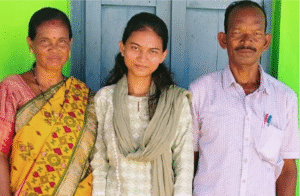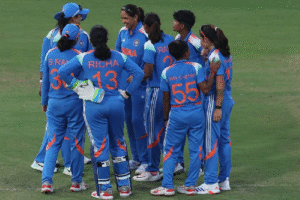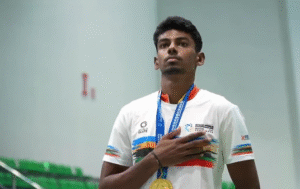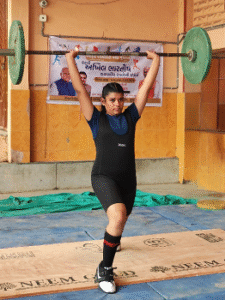Sardar Vallabhbhai Patel, not S. Mukherjee, was the first Home Minister of India. He is often referred to as the “Iron Man of India” due to his central role in the Indian independence movement and his efforts in integrating the princely states into the Indian Union post-independence.
Born on October 31, 1875, in Nadiad, Gujarat, Sardar Patel was one of the prominent leaders of the Indian National Congress and a close associate of Mahatma Gandhi. He initially practiced law and gained a reputation for his integrity and firm stance on justice.
He was an active participant in the Non-Cooperation Movement (1920-1922) and later in the Salt March and the Quit India Movement.
One of Patel’s most significant contributions after independence was his role as the Home Minister in the Indian government (from 1947 to 1950).
He was tasked with the monumental task of integrating over 500 princely states into the newly formed Indian Union. Patel’s diplomatic and leadership skills helped convince the rulers of these states to accede to India.
His most notable success was the peaceful integration of Hyderabad, Junagadh, and Kashmir, which had remained outside the Union after independence.
Patel envisioned a united, strong, and secular India. His contributions were crucial in laying the foundations of India’s political and administrative framework.
He was a strong advocate for unity, law and order, and the democratic process.
As Home Minister, Patel worked on shaping the internal security and stability of the nation. His efforts in strengthening the Indian Police Service and other administrative mechanisms helped in consolidating India’s sovereignty.
He played a key role in the first General Elections (1951-1952), contributing to the smooth democratic transition in post-independence India.
Sardar Patel’s legacy is immense. He is remembered for his leadership, patriotism, and determination in making India a unified nation.
In 2014, the Statue of Unity—the tallest statue in the world—was unveiled in Gujarat in his honor. It stands at 182 meters (597 feet) and symbolizes Patel’s role in India’s unity.
It seems there may be a mix-up in your question. You might be referring to Shyama Prasad Mukherjee, who was an influential Indian politician and the founder of the Bharatiya Janata Party (BJP)’s predecessor, the Janata Party. Mukherjee was a prominent leader of the Hindu Mahasabha and was involved in India’s struggle for independence. However, he did not serve as India’s Home Minister.







